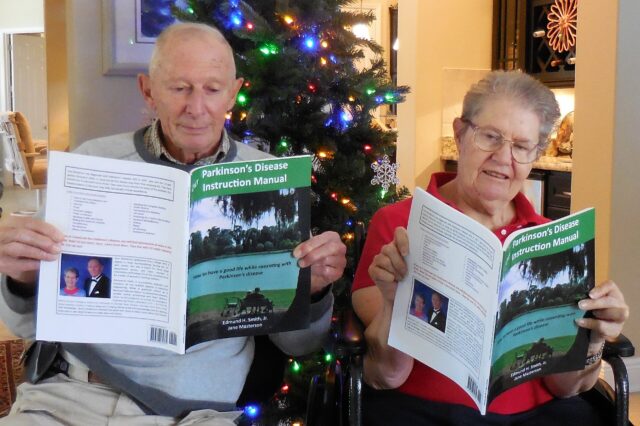- Investigator
- Adolfo Ramirez-Zamora
- Status
- Accepting Candidates
Tremor
The UF Health Difference
Dr. Michael Okun & Dr. Kelly Foote formed the University of Florida Health Center for Movement Disorders & Neurorestoration in 2002 to bring together experts in movement disorders from diverse disciplines from all over the UF Campus. In October 2014, Dr. Sanjay Gupta came to UF to look at the Center's work with a new experimental deep brain stimulation device.
Telehealth
Our neurological specialists will consult with you in the comfort of your own home using your myuflhealth account. Secure video conferencing protects your privacy and saves you time and money traveling to our office. Telehealth appointments are reimbursable through Florida's Medicaid and Medicare programs. Please contact us to set a telehealth appointment at 352-294-5400.
Patient Education
Want to know more? Check out our Patient Education section for more information.
Our locations
Clinical Trials: Tremor
UF Health research scientists make medicine better every day. They discover new ways to help people by running clinical trials. When you join a clinical trial, you can get advanced medical care. Sometimes years before it's available everywhere. You can also help make medicine better for everyone else. If you'd like to learn more about clinical trials, visit our clinical trials page. Or click one of the links below:
This project aims to investigate novel ways to deliver brain stimulation to Essential Tremor (ET) patients by introducing software changes to their existing devices. The study team aims to investigate safety and efficacy of these new stimulation…
- Investigator
- Joshua Wong
- Status
- Accepting Candidates
- Ages
- 18 Years - 80 Years
- Sexes
- All
The purpose of this study is to determine the long-term performance of the TREO Abdominal Stent-Graft as a treatment for patients with Infrarenal Abdominal Aortic Aneurysms or Aorto-iliac Aneurysms.
- Investigator
- Michol A Cooper
- Status
- Accepting Candidates
- Ages
- 18 Years - N/A
- Sexes
- All
News and Patient Stories: Tremor
Inspired by Greek mythology, this potential drug shows promise for vanquishing Parkinson’s RNA in early studies
January 9, 2024
Like the Greek mythological beast with a snake’s tail and two ferocious heads, a potential Parkinson’s medicine created in the lab of chemist Matthew Disney,…
The Herbert Wertheim UF Scripps Institute for Biomedical Innovation & Technology, UF Health, University of Florida

Knowledge is Power: A Parkinson’s Story
In 1997, Jane Masterson received notice that her bank had rejected her check because her handwritten signature had become illegible. “I also noticed when I…

